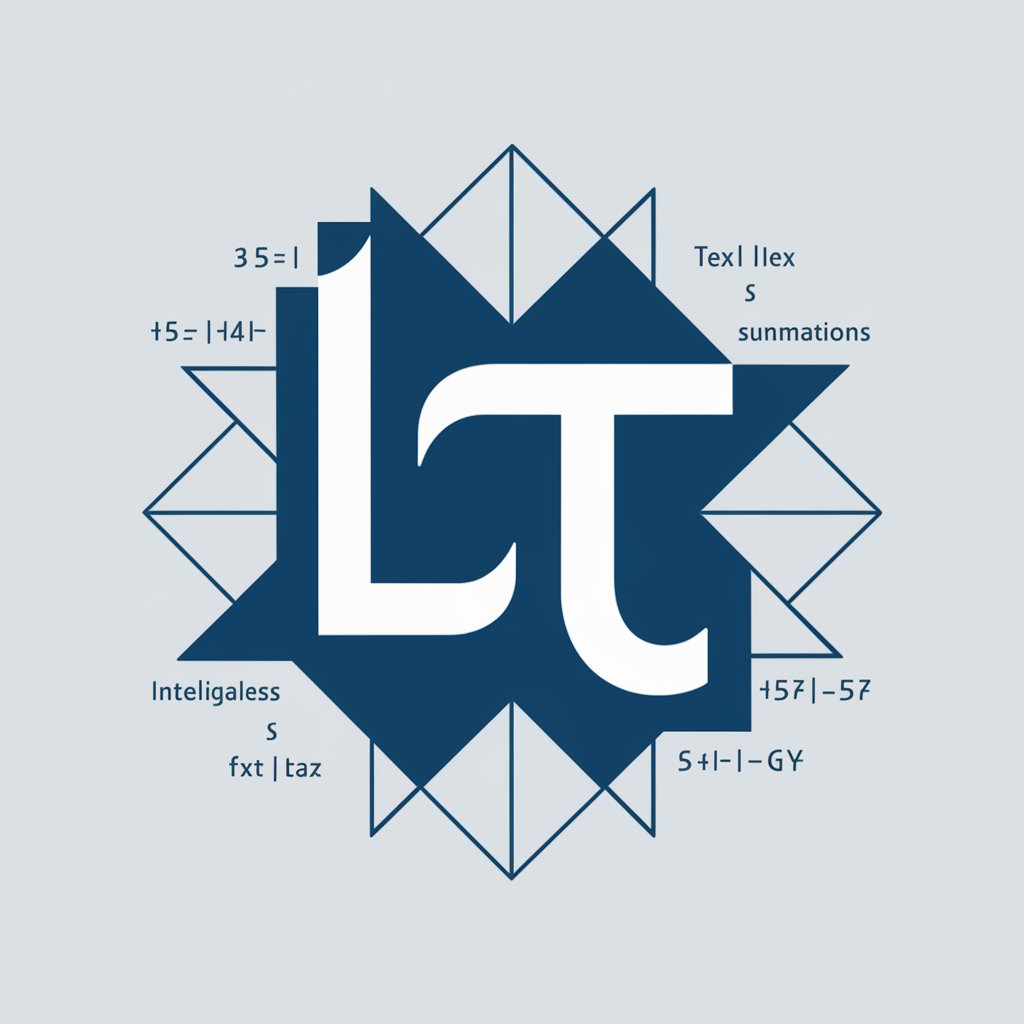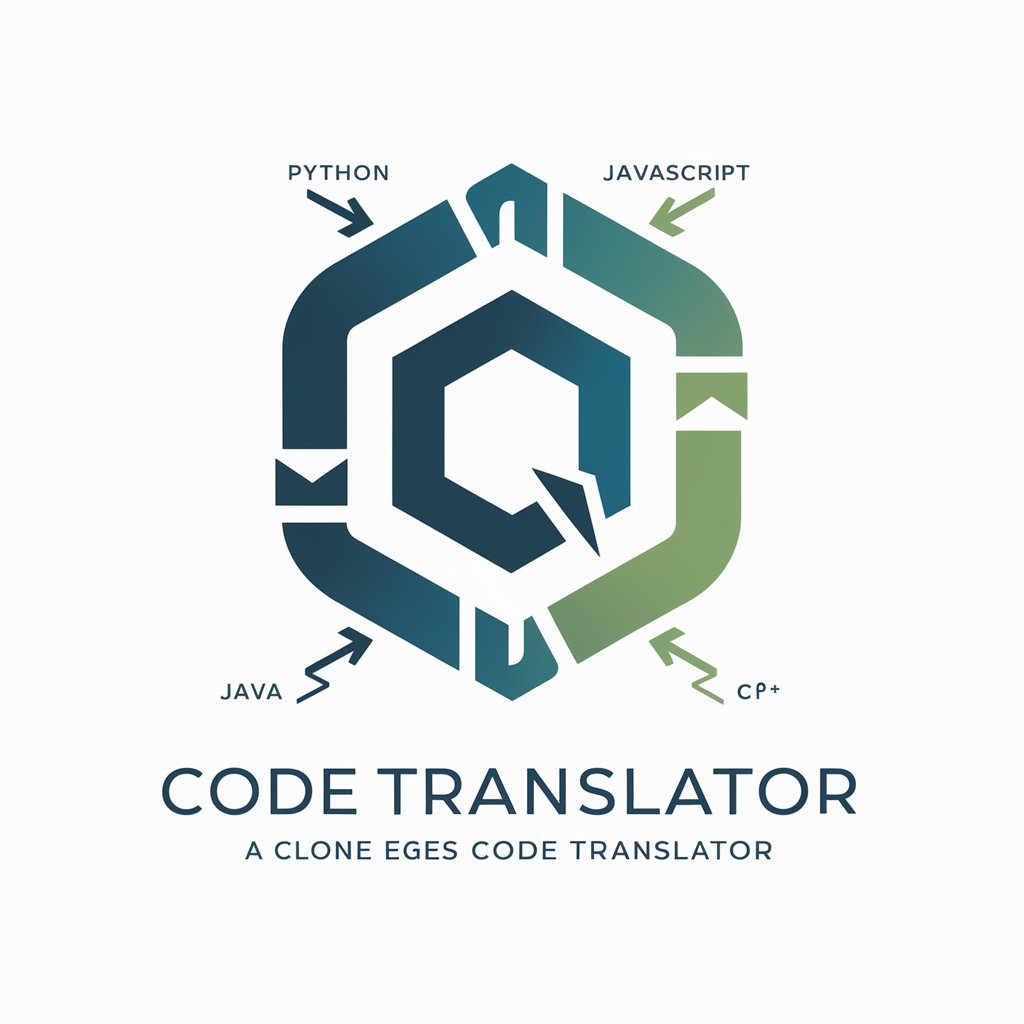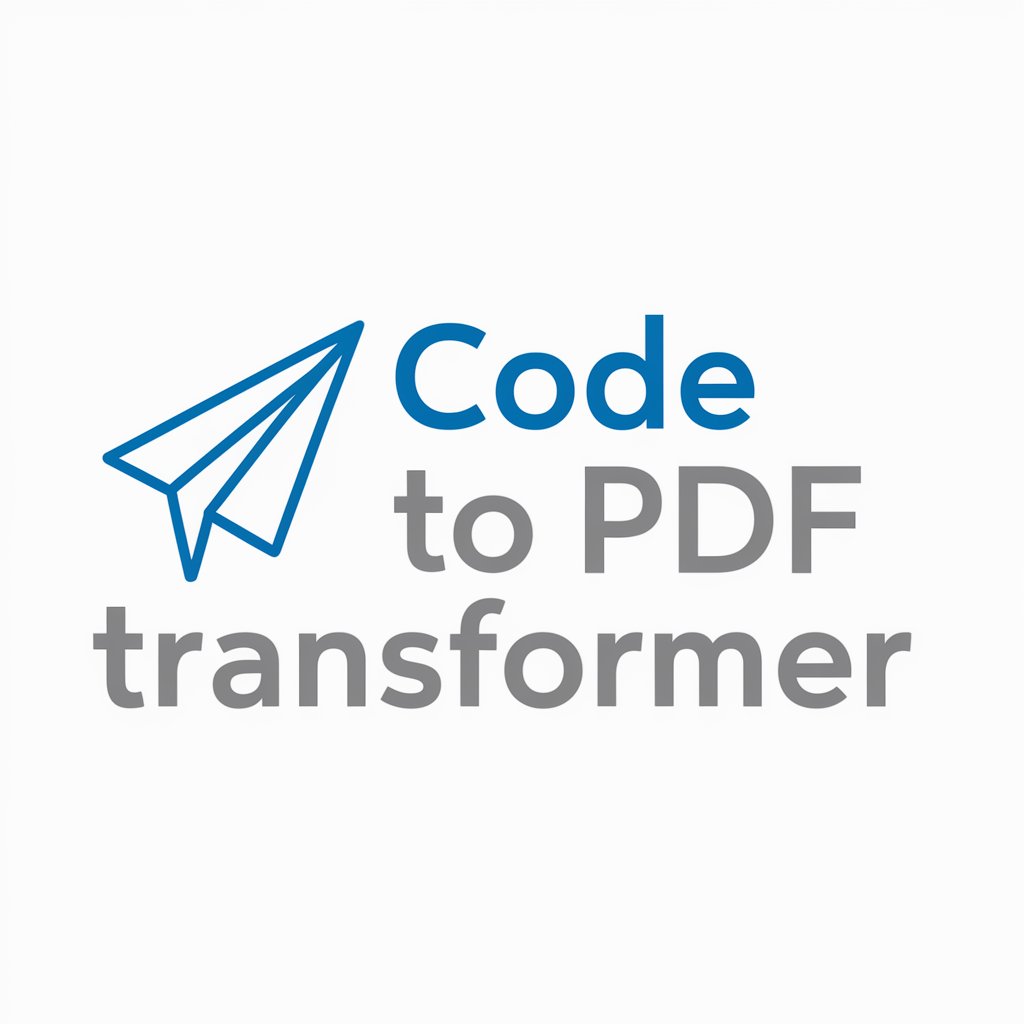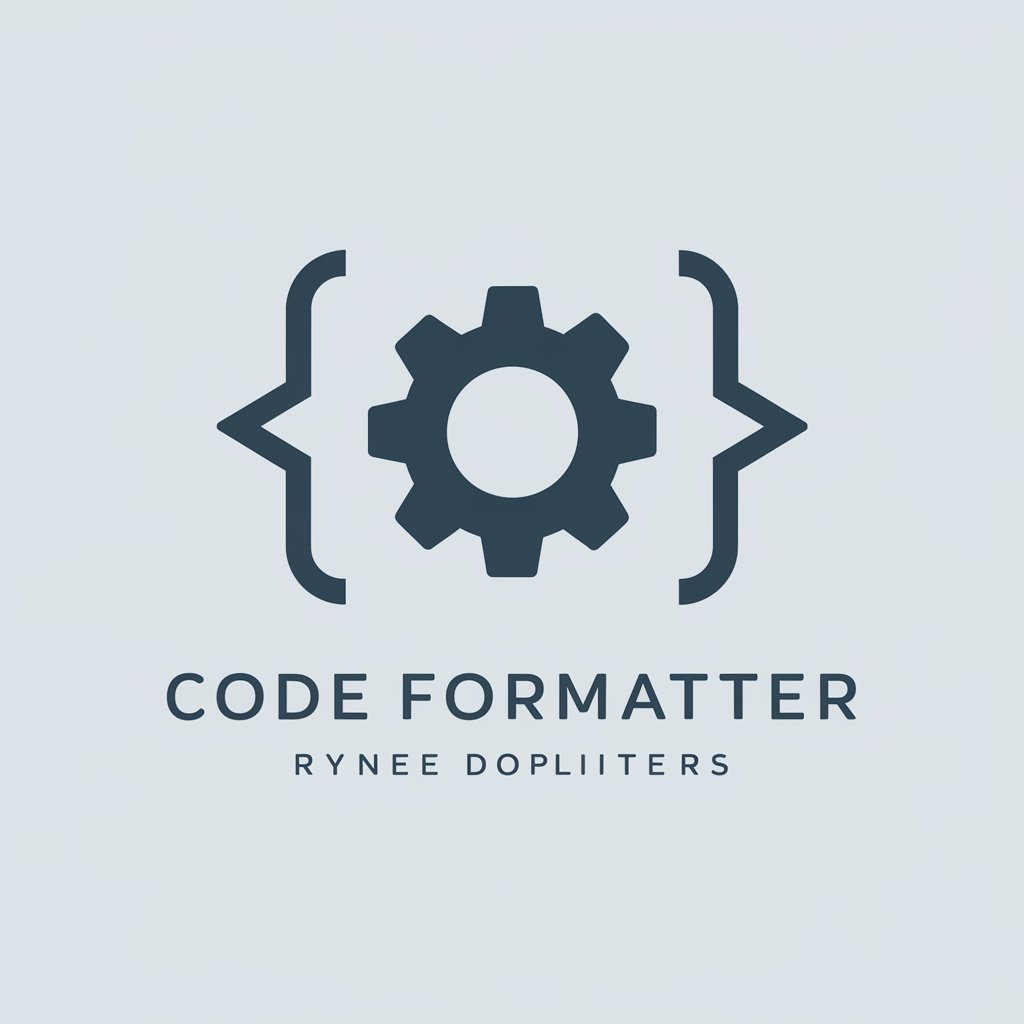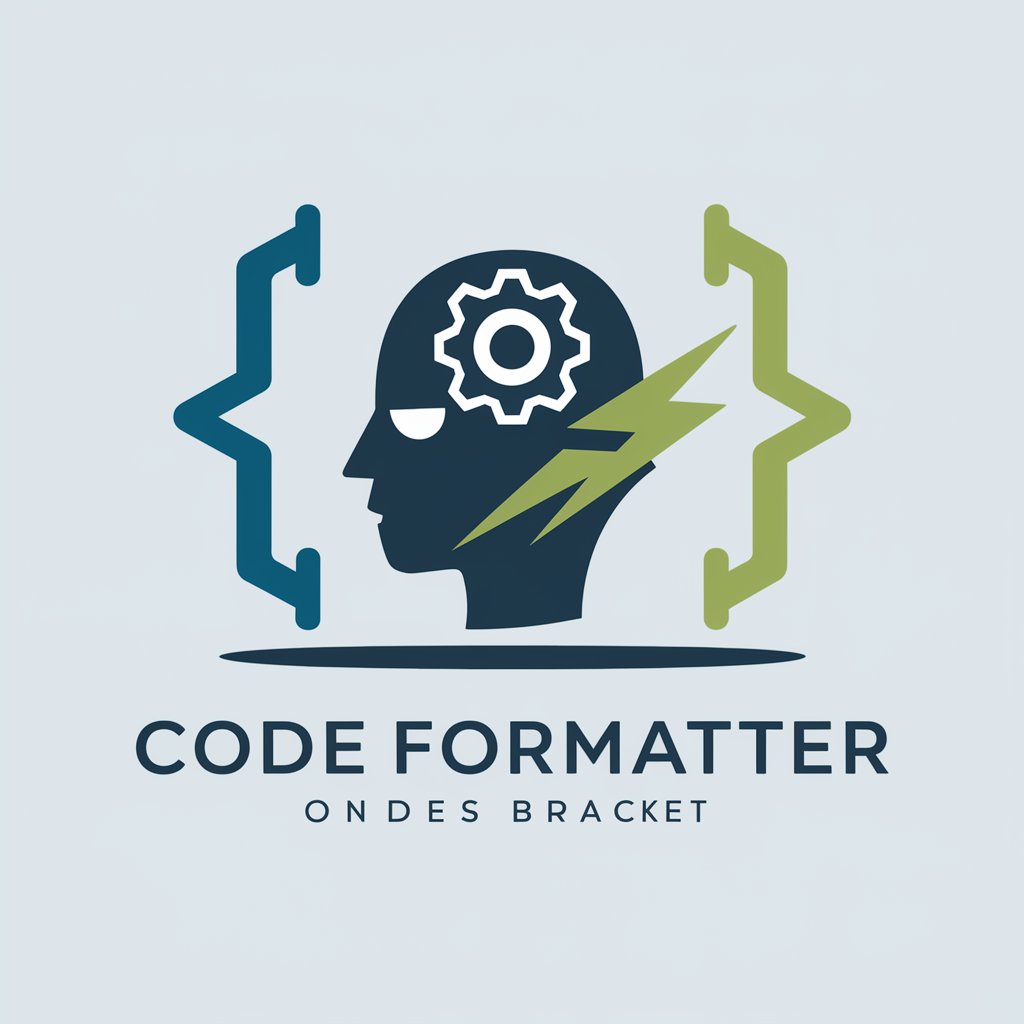
Coding Format Transformer - problem statement transformer tool
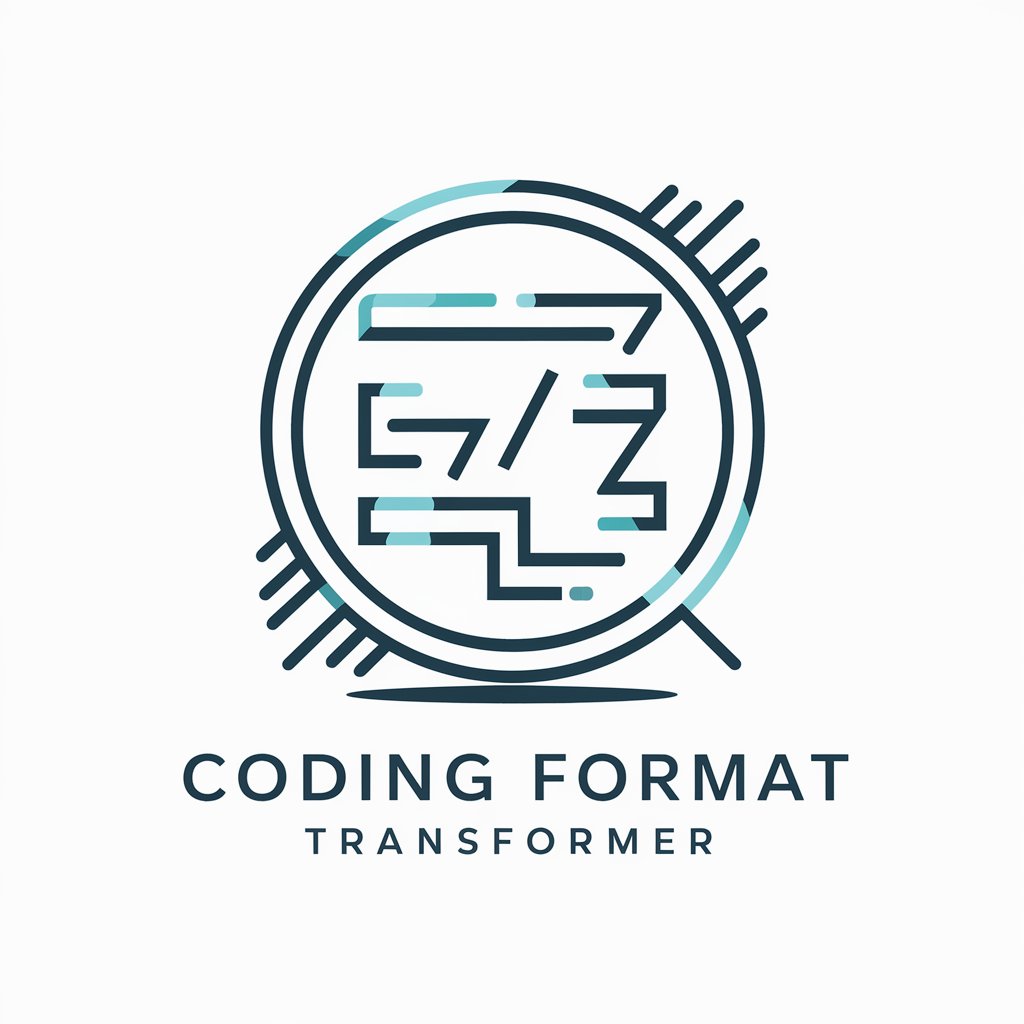
Welcome! Let's transform problem statements into structured formats together.
Transform problem statements with AI
Design a problem statement involving...
Write a scenario-based task where...
Create an input format that includes...
Generate a detailed output format for...
Get Embed Code
Introduction to Coding Format Transformer
Coding Format Transformer is an AI-powered tool designed to convert general problem statements into structured formats. Its primary function is to transform scenario-based problem statements, typically 4 to 5 lines long, into formats suitable for programming tasks. It emphasizes clarity, readability, and informativeness, ensuring that each problem statement is tailored to the user's needs. The design purpose of Coding Format Transformer is to streamline the process of creating programming tasks by providing a consistent and structured approach. For example, it can take a plain English problem statement and convert it into a format with sections like Problem Statement, Input Format, Output Format, and Constraints, making it easier for developers to understand and implement solutions. Powered by ChatGPT-4o。

Main Functions of Coding Format Transformer
Transforming problem statements into structured formats
Example
Given a plain English problem statement like 'Write a program to find the maximum element in an array', Coding Format Transformer can convert it into a structured format with sections like Problem Statement, Input Format, Output Format, and Constraints.
Scenario
This function is applied when developers need to create programming tasks for educational purposes, coding competitions, or software development projects.
Categorizing problem difficulty levels
Example
After analyzing the complexity of a problem statement, Coding Format Transformer can categorize it as Easy, Medium, or Hard based on predefined criteria.
Scenario
This function helps developers and educators organize programming tasks according to difficulty levels, making it easier for learners to progress from simpler to more challenging problems.
Providing language-agnostic problem statements
Example
Coding Format Transformer generates problem statements without specifying any programming language, allowing users to implement solutions in their preferred programming language.
Scenario
This function is valuable for developers working with multiple programming languages or educators teaching programming concepts in diverse environments.
Ideal Users of Coding Format Transformer
Educators and Instructors
Educators and instructors who teach programming courses or conduct coding workshops can benefit from Coding Format Transformer's services. By using structured problem statements, they can effectively communicate programming tasks to students, organize course materials, and assess student understanding. Additionally, the ability to categorize problem difficulty levels helps educators create balanced assignments and tailor learning experiences to students' skill levels.
Software Developers
Software developers who need to create programming tasks for coding interviews, software development projects, or open-source contributions can leverage Coding Format Transformer to streamline the task creation process. By transforming plain English problem statements into structured formats, developers can ensure clarity and consistency in their task descriptions. Moreover, the language-agnostic nature of the problem statements allows developers to accommodate different programming languages and frameworks.
Competitive Programmers
Competitive programmers participating in coding competitions or algorithmic challenges can use Coding Format Transformer to prepare practice problems or contribute tasks to online coding platforms. The tool's ability to categorize problem difficulty levels helps competitive programmers select appropriate challenges based on their skill level and track their progress over time. Additionally, the language-agnostic problem statements enable participants to focus on algorithmic concepts rather than specific programming languages.

How to Use Coding Format Transformer
Step 1
Visit yeschat.ai for a free trial without login, also no need for ChatGPT Plus.
Step 2
Prepare your problem statement or coding task in a brief, scenario-based format.
Step 3
Describe the input and output formats, constraints, and if a function prototype is required.
Step 4
Request a structured problem statement including a character and a clear directive to solve the task.
Step 5
Refine your problem statement based on feedback and optimize it for your audience or purpose.
Try other advanced and practical GPTs
cupcake v0 game 1: biggest bag
Delightful price comparison game with AI rewards.

HTG Apparel Decoration Specialist
Empowering Apparel Projects with AI

Nuclear Engineer to Nuclear Engineer
Empowering nuclear engineers with AI insights.

Data Mockstar
Empower your analysis with AI-generated mock datasets.
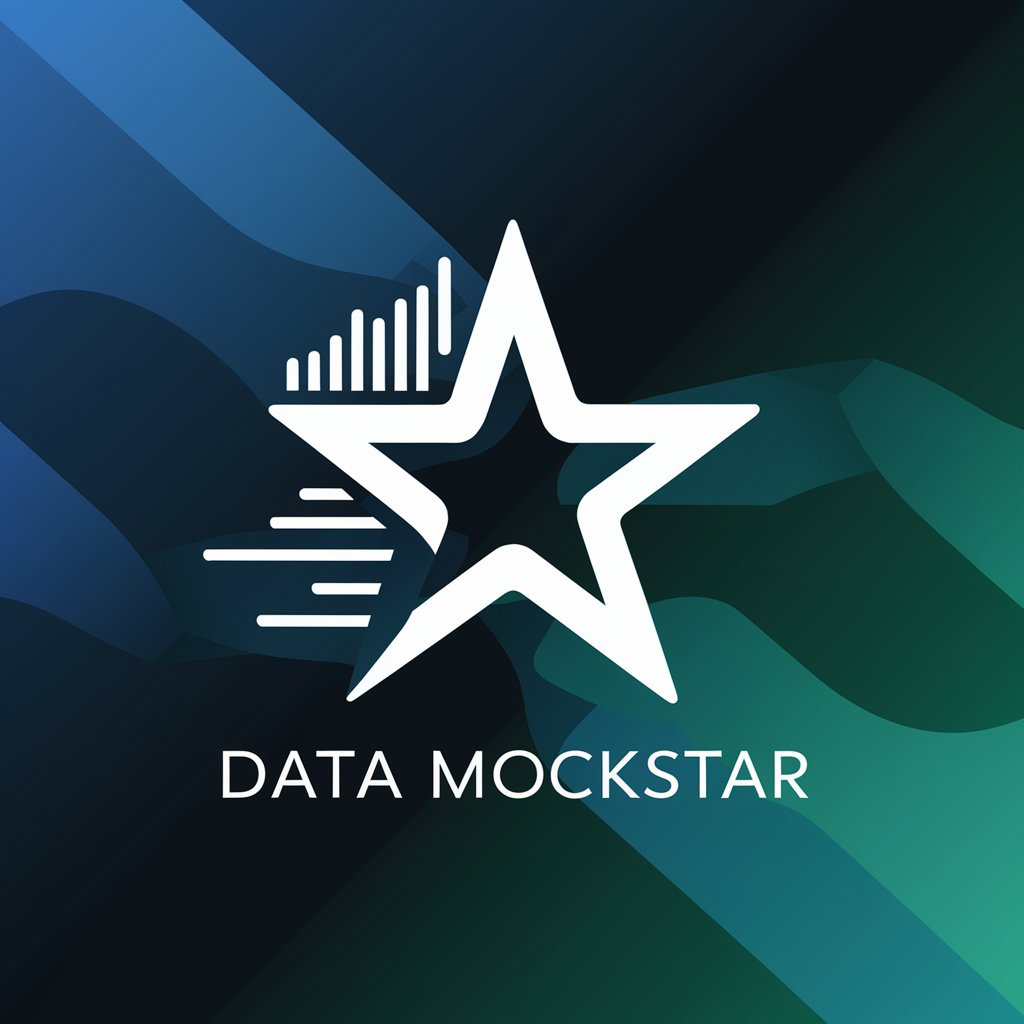
Quantum Alchemist
Elevate Your Engineering with AI

Image Editor 🌟
Enhance Images with AI-powered Precision

Data Code Helper
Empowering your data journey with AI
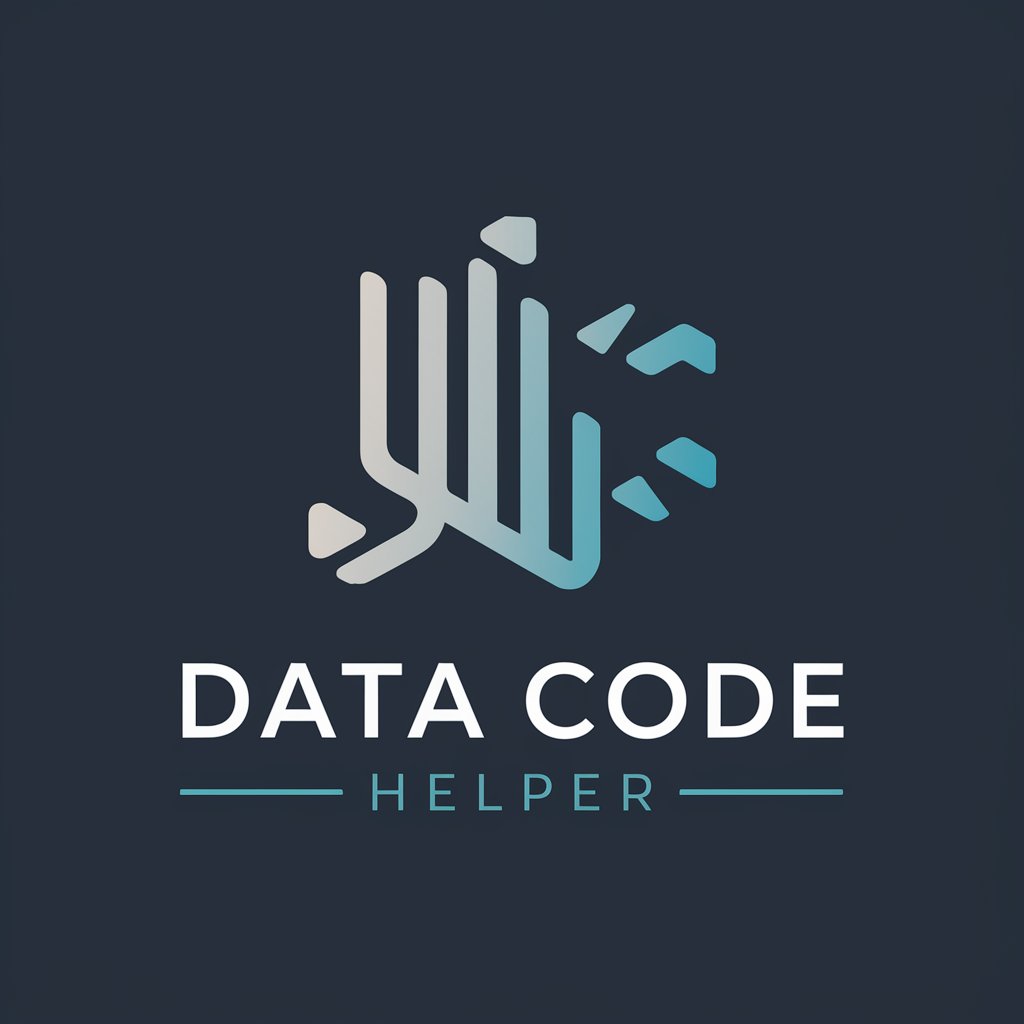
Gramarly
Revolutionize Writing with AI

English Text Corrector
Elevate Your Writing with AI-Powered Corrections
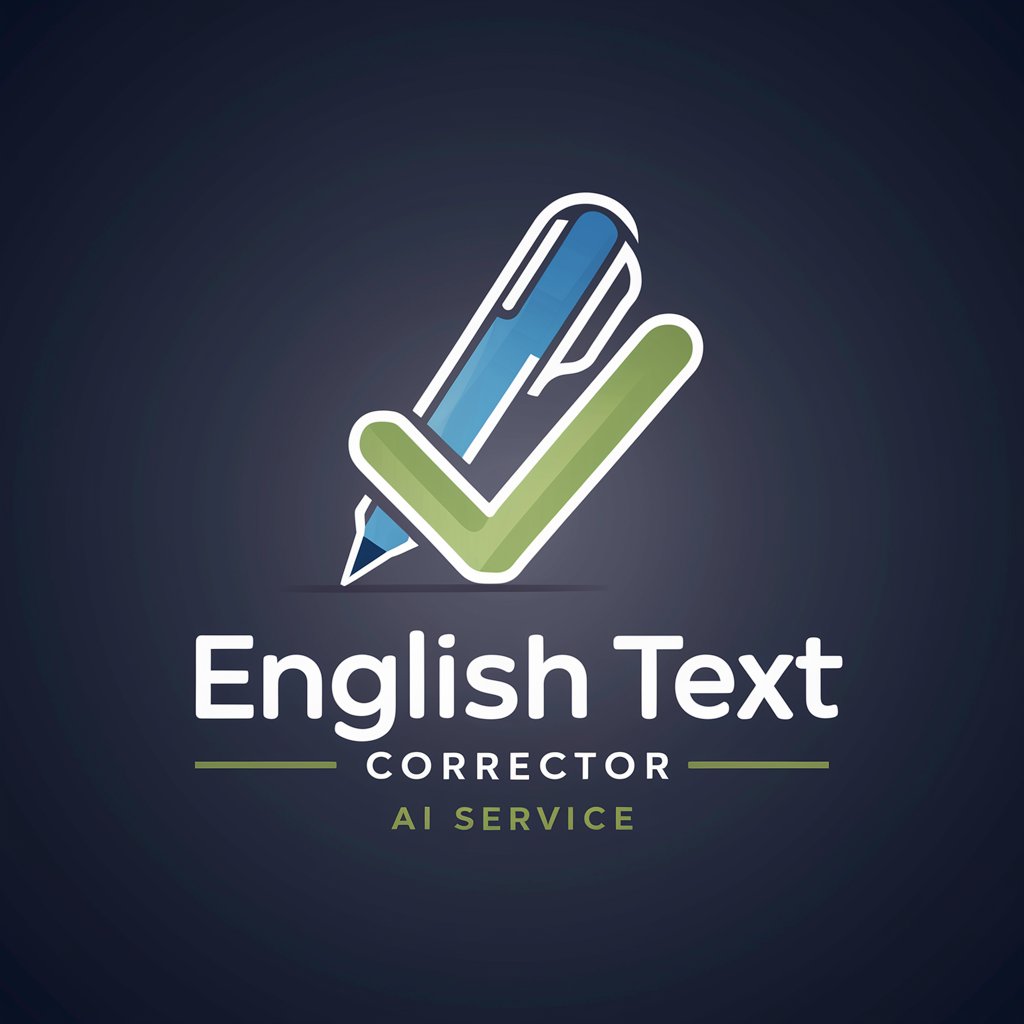
Rusty
Empowering Rust programmers with AI-driven insights.

DowJones Stocks Pro
Empower Your Investments with AI Insights

Storyboard Architect
Unleash AI creativity in storytelling.

Frequently Asked Questions About Coding Format Transformer
What is Coding Format Transformer?
Coding Format Transformer is an AI tool designed to convert coding problem statements into structured, scenario-based formats. It organizes the problem into sections like Problem Statement, Input Format, Output Format, and Constraints, ensuring clarity and readability.
What are the common use cases for Coding Format Transformer?
Common use cases include preparing technical interview questions, generating coding challenges for educational purposes, creating programming competition tasks, and transforming general problem statements into detailed coding assignments.
What makes Coding Format Transformer unique?
It specializes in scenario-based problem statements featuring a central character and organizes problems into clear, structured formats including sections like Problem Statement, Input Format, Output Format, and Constraints. It ensures consistent, informative problem framing across a variety of domains.
Does Coding Format Transformer generate function prototypes?
Yes, it provides a function prototype in the format 'datatype function_name()' if explicitly requested. This feature allows users to integrate generated problem statements directly into their coding projects.
What level of complexity can Coding Format Transformer handle?
Coding Format Transformer can handle all levels of complexity from Easy to Hard, ensuring each problem statement is categorized based on the complexity of the solution required.
